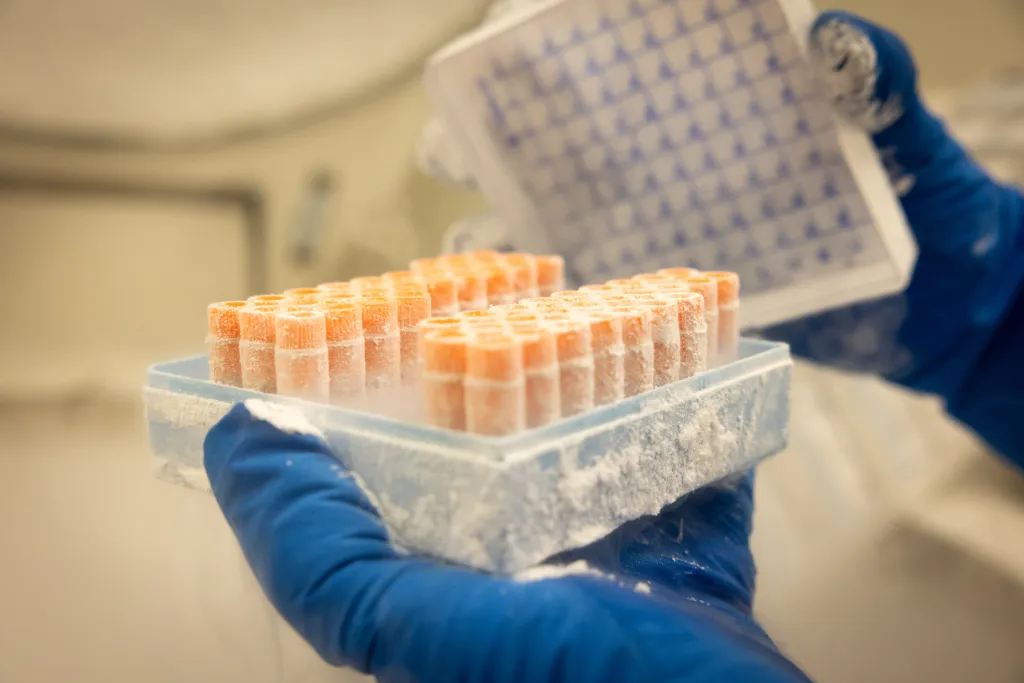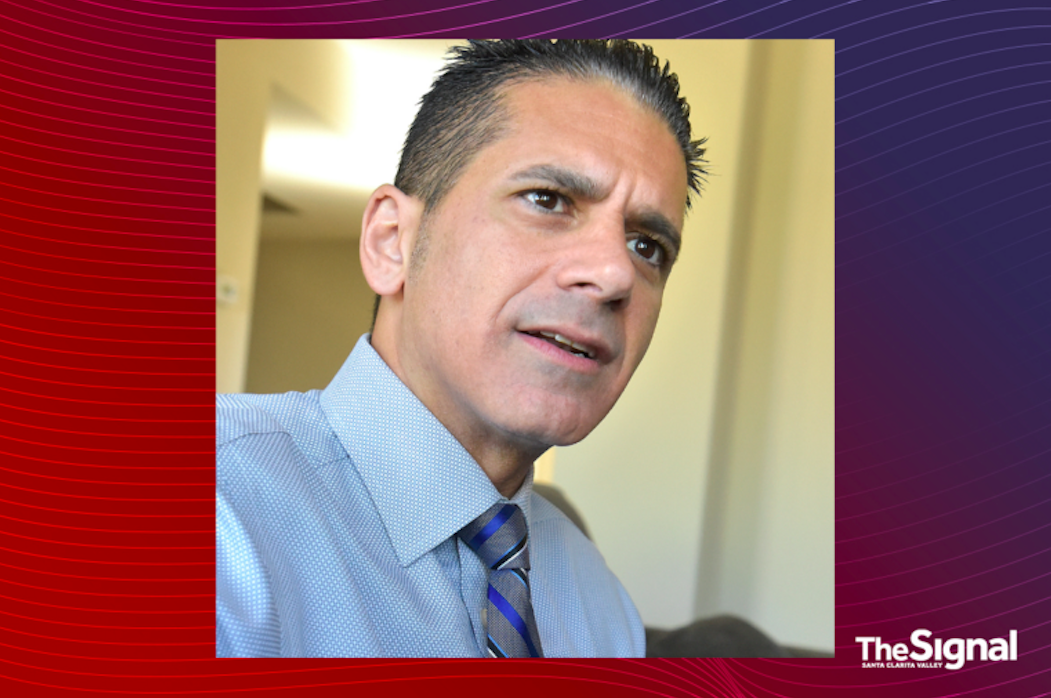
A new study by researchers at the La Jolla Institute for Immunology, working with colleagues at Columbia University in New York, documents how the immune system functions differently in patients with amytrophic lateral sclerosis, also known as Lou Gehrig’s disease, skewing the balance of inflammatory and anti-inflammatory chemicals in the brain.
These findings, researchers say, suggest a possible new direction for the treatment of a deadly condition that is predicted to affect 32,000 Americans by 2030 — and a possible reason why some patients live much longer than others after diagnosis.
Published Wednesday in the journal Nature, the study documents how T cells — key actors in the immune system’s ability to hunt down and eliminate threats — behave differently in patients with ALS when in the presence of C9orf72, a protein present in brain cells that has long been suspected of playing a role in the disease.
Genetic mutations detected in roughly 10% to 15% of all patients who develop the condition affect the expression of this protein, causing much speculation that altered versions of this molecule may cause damage to motor neurons, causing patients to gradually lose control of their muscles and eventually their ability to breathe.
But the new study suggests that the effects may be much broader.
Researchers observed that T cells behaved differently in blood samples collected from ALS patients than they did in samples from donors without the disease. And, while those with a mutated gene that affects C9orf72 expression in neurons did have stronger effects, the balance of inflammatory and anti-inflammatory chemicals was affected to some extent in all ALS patients, regardless of whether they had the mutation or not.
LJI immunologist Alessandro Sette, who co-led the study with neurobiologist David Sulzer at Columbia, said the overall effect looks similar to other autoimmune diseases, such as diabetes or rheumatoid arthritis, where the body’s own immune system begins to harm healthy tissue, from insulin-producing cells in the pancreas to the cells that keep joints moving smoothly.
“This is the first identification of the protein as being associated with ALS in terms of the immune activity,” Sette said. “And this immune activity has nuances due to the inflammatory and anti-inflammatory components involved.
“The anti-inflammatory component seems to correlate with a better disease outcome.”
According to the ALS Association, a non-profit that promotes research, the average survival time after diagnosis is three years. However, 20% of people with ALS live five years, 10% reach 10 years and 5% live 20 years or longer. Lou Gehrig, diagnosed in 1939 shortly after retiring from his baseball career, died in 1941 at age 38. But, on the other end of the spectrum, world-renowned physicist Stephen Hawking lived with the condition for 55 years.
While ALS can occur at any age, diagnosis most often occurs between age 55 and 75, according to the U.S. Centers for Disease Control and Prevention.
Analysis showed that those who live longer have immune systems that produce more anti-inflammatory chemicals called cytokines. That observation, Sette said, makes it possible that therapies could be developed to minimize the damage that inflammation causes in the brain.
“One potential way to intervene is to basically try to lean on the immune system to generate more of the anti-inflammatory rather than the inflammatory reaction,” Sette said. “Now that we know what the target is, there are ways that one could envision doing that by training the cells and perhaps reinfusing them in the patient or perhaps immunizing in an anti-inflammatory environment.”
Dr. Stanley Appel, a neurologist at Houston Methodist Hospital, is one of the first to study the role of inflammation and immune system regulation in ALS patients. After reviewing the research group’s paper, he said that the observations it contains document “a path that may provide a potential therapeutic target,” for ALS.
“It is eminently clear that immune activation promotes inflammation and, in turn, neuron cell injury and loss,” Appel said in an email. “Harnessing the inflammatory reactivity in ALS is less of a mystery and more the deciphering of the multiple immune cell interactions that can be targeted to snuff out the raging fire.”



